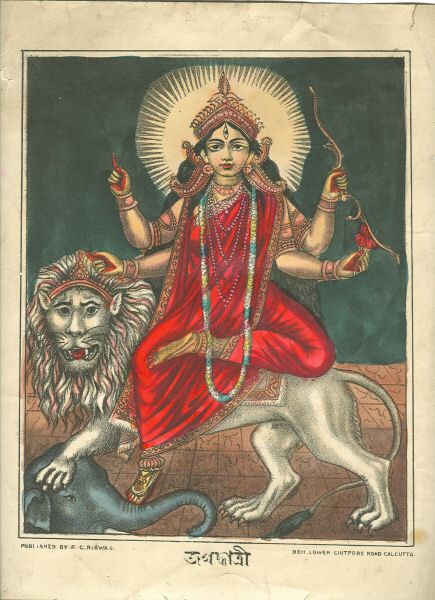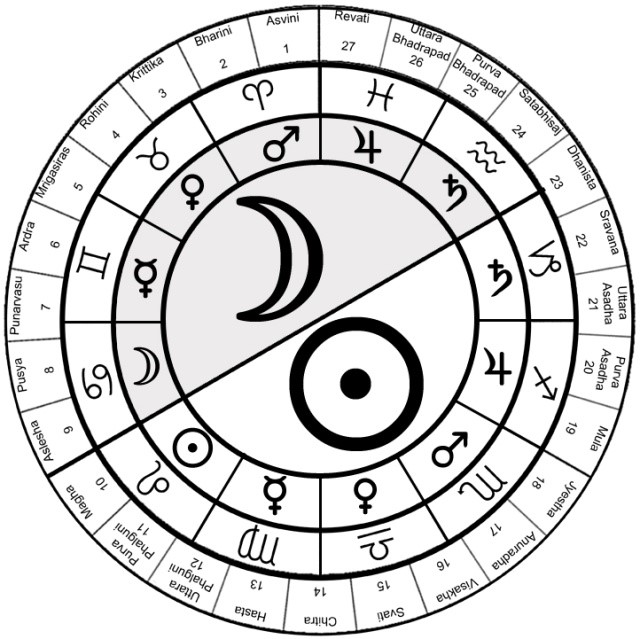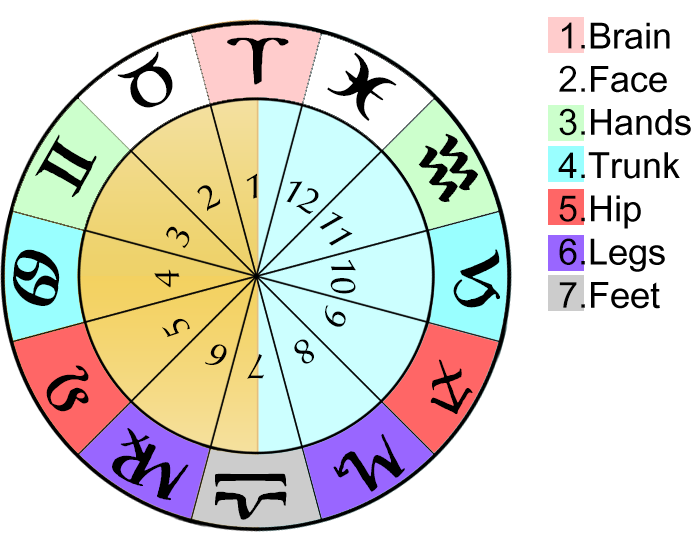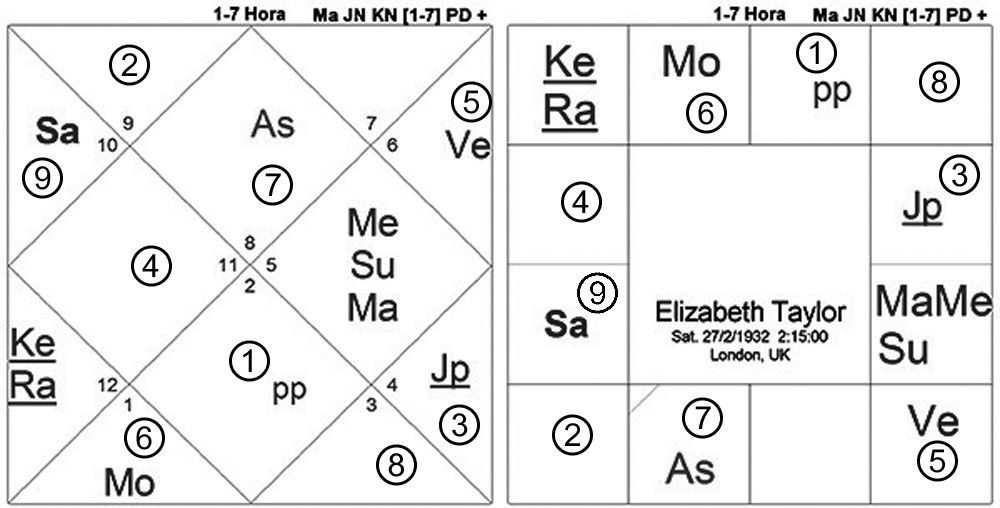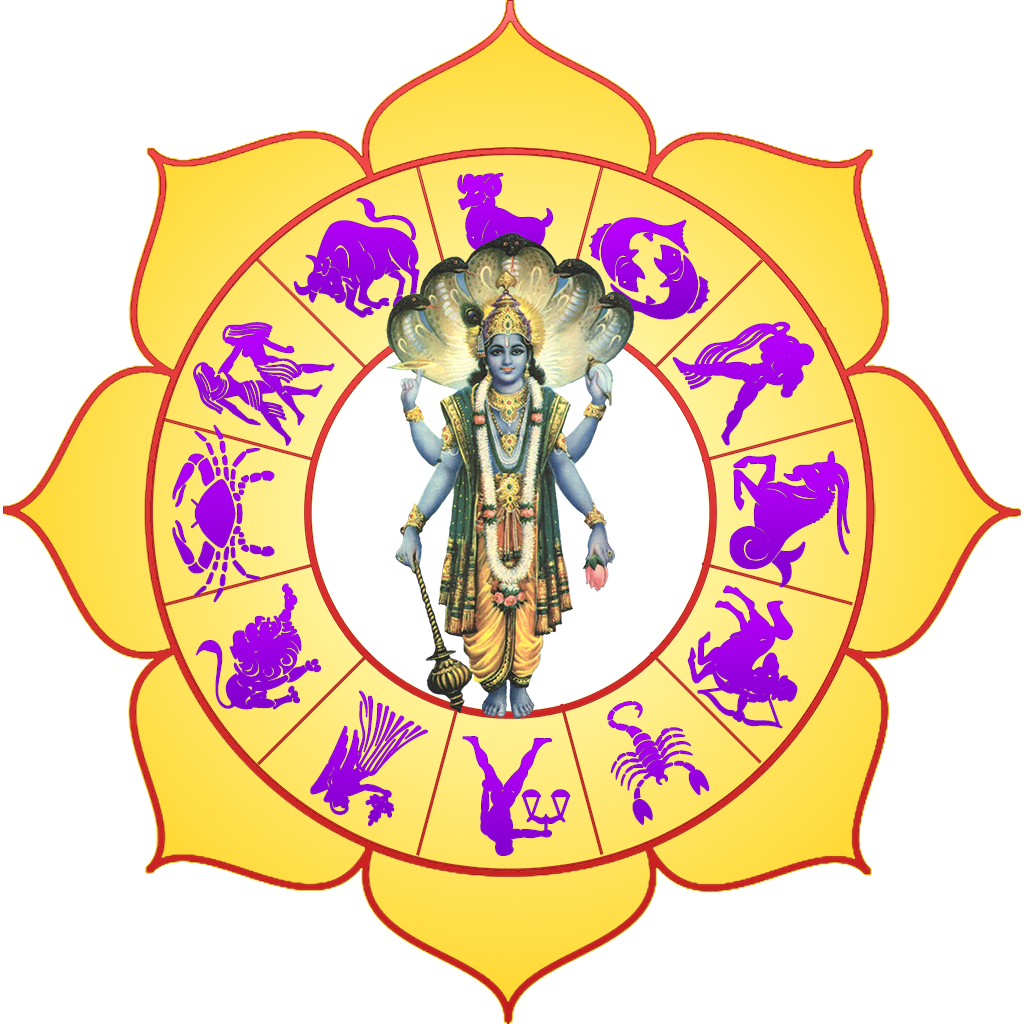Tag: Hora
Kashinath Hora
Introduction Points listed by my student Sanjay Prabhakaran. These are just some starting points. Details of the D2-K Hora was taught in the Himalaya Class…
Sammukha Horā
Sammukha Rāśi are based on the South Indian Chart where a line passing through Cn-Le junction and Cp-Aq junction divides the zodiac into two parts….
Horā V Guṇa
Guṇa: refers to the nature of signs and planets as of one of the three types – sattva, rajas or tamas. An imaginary line divides…
Horā IV Gola
Gola: गोल (gola) refers to sphere or globe as the celestial globe or as the globe of the sun or of the earth in Sūrya…
Samasaptaka Horā
For using the Āyana-Horā, we have a special horā chart called समसप्तक samasaptaka literally meaning neutral-seventh where the 7th bhāva is a projection of the…
